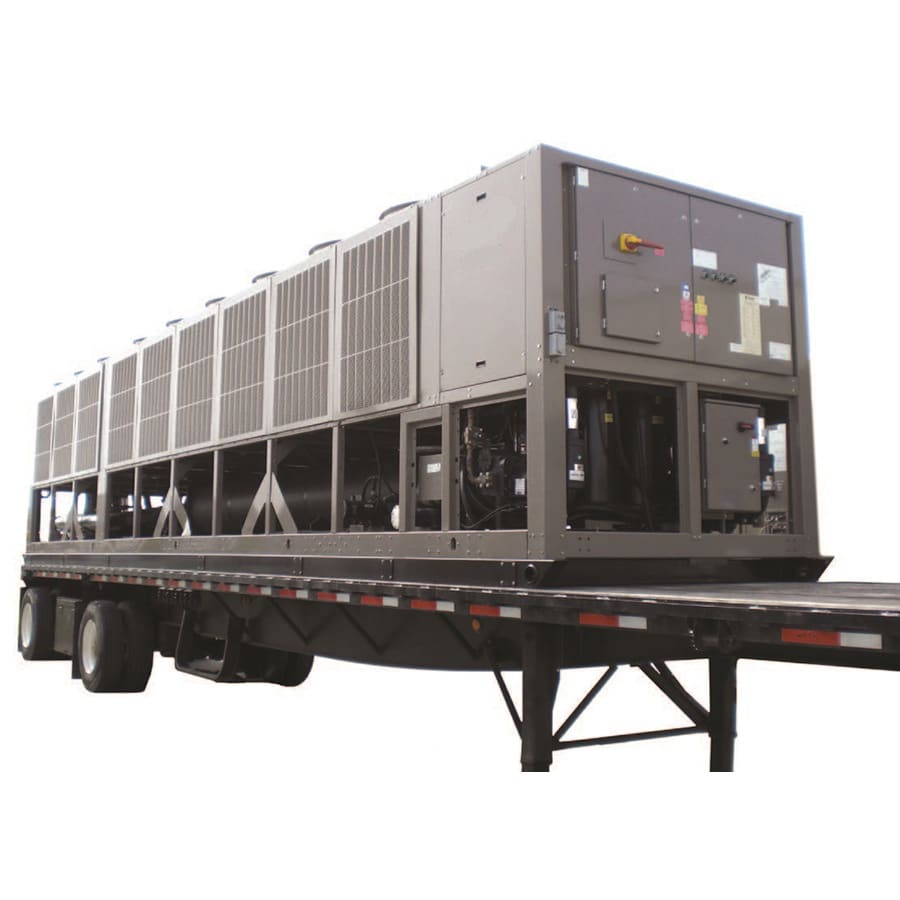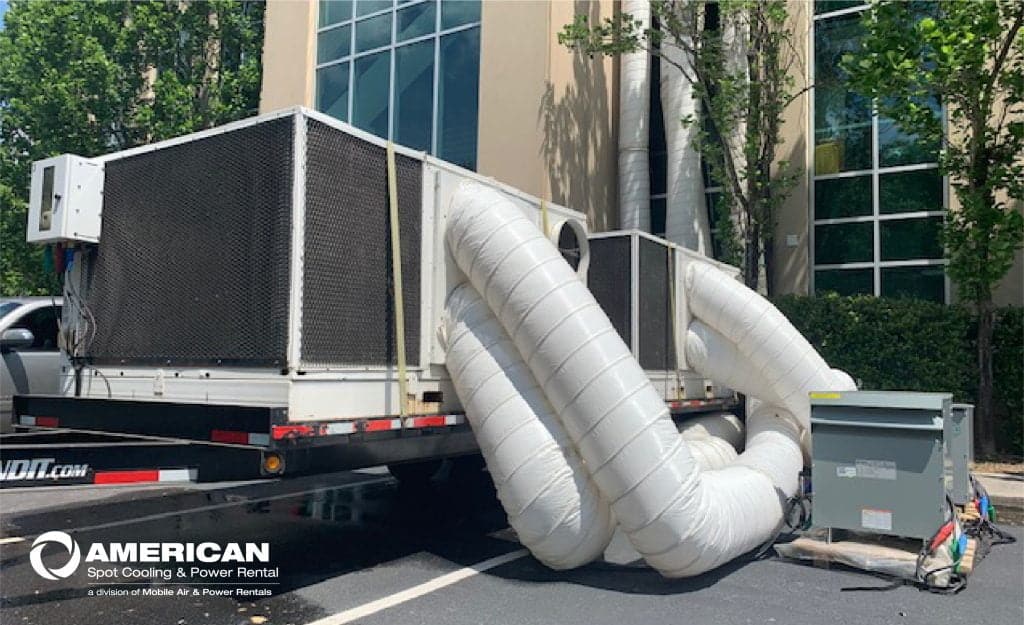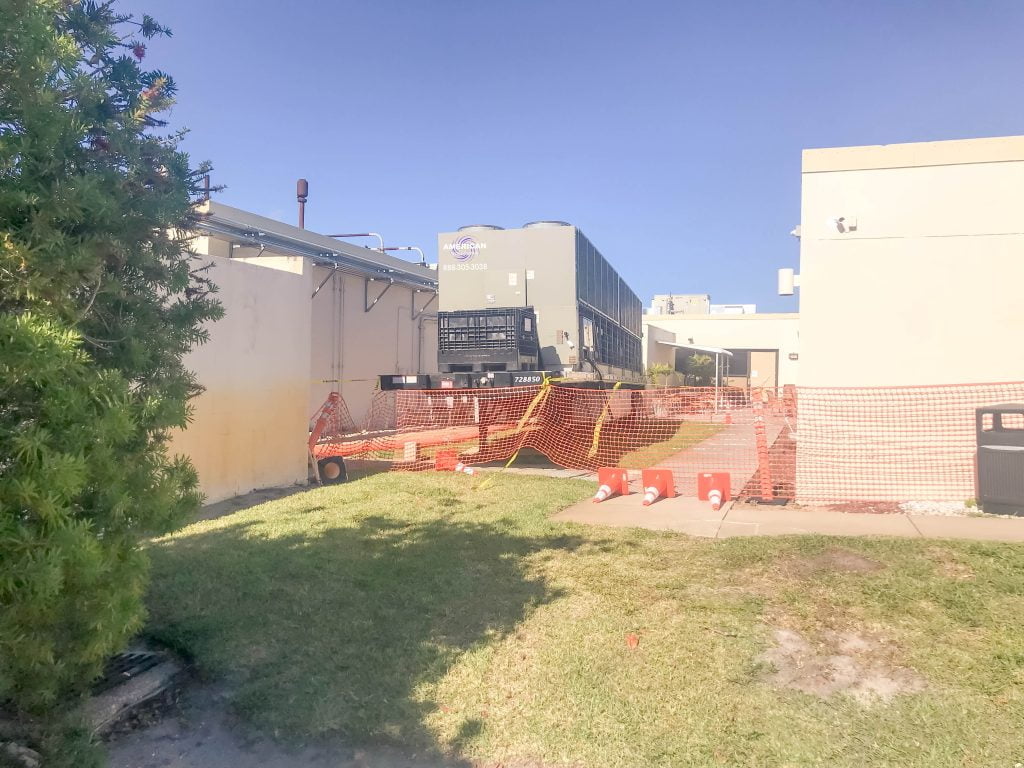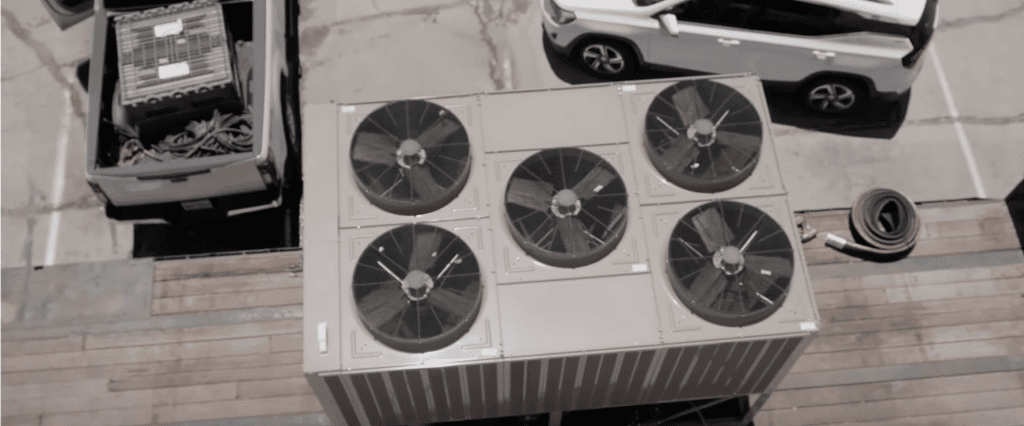Accurate heat load calculation is essential in designing HVAC systems, managing industrial facilities, and creating energy-efficient buildings. Proper heat management is crucial not only for occupant comfort but also for the functionality of sensitive equipment. Data centers, for example, require precise temperature control. Similarly, an industrial machinery room with significant internal heat production needs specific conditions.
Understanding heat dynamics in enclosed spaces is helpful to optimize energy use and system efficiency. But many face challenges when trying to calculate the amount of heat required. The following will help simplify the process.
Factors Affecting Heat Calculation
Heat calculations depend on several variables that influence how heat is gained, lost, and retained.
- Size and Shape of the Enclosure: The layout, volume, and structure of a space impact how effectively it retains heat. Tall or irregularly shaped spaces may experience uneven temperature distribution, creating unique heating challenges.
- Building Materials and Insulation: Walls, ceilings, floors, and insulation all contribute to how much heat a space retains or loses. Materials like concrete, glass, or insulated panels have varied thermal properties that affect heat transfer rates.
- Ambient Temperature and Climate: External climate conditions can have a major impact on heat calculations, especially in areas that experience extreme temperatures. Outdoor temperature fluctuations need to be considered for a more precise heat load estimation.
- Internal Heat Sources: Heat generated from equipment, lighting, and even people can significantly affect a building’s internal temperature. Calculating the contribution of each source helps create a more accurate picture of overall heat requirements.
Common Challenges in Heat Load Calculation
Calculating heat loads for enclosed spaces is complex and comes with several common challenges that, if left unaddressed, can impact efficiency and costs. One common issue is neglecting smaller heat sources that, while individually minor, contribute significantly to the total heat gain over time. Elements such as computers, lights, and other small machinery produce cumulative heat that can lead to underestimated loads, resulting in insufficient heating or cooling.
Another challenge is managing dynamic heat loads that fluctuate throughout the day or during different operational phases. For instance, an industrial facility may produce high heat levels during production shifts, while downtime periods demand far less.
Maintaining temperature control without needless energy use requires adjusting for these variations. Lastly, requirements for temperature stability frequently clash with the need for energy efficiency. Miscalculations can result in excessive energy consumption, which raises operating costs and decreases efficiency.
Tools and Methods for Accurate Heat Calculation
Using the appropriate techniques and instruments based on the intricacy of each project is crucial to obtaining precise heat calculations.
- Manual Heat Calculation Methods: Standard formulas, like Q=U×A×ΔTQ = U \times A \times \Delta TQ=U×A×ΔT, remain fundamental for simpler spaces. These calculations are reliable but may not work in complex environments (or for those not wanting to do the math).
- Software and Simulation Tools: Specialized software is ideal for more sophisticated projects, allowing users to simulate different environmental conditions and internal heat dynamics. Tools like MAPR’s heat calculator can capture variables more effectively than manual methods, giving you a detailed picture of how heat interacts with space.
Solutions to Overcome Challenges
A careful strategy combining technology, knowledge, and routine monitoring is necessary to handle heat load calculation. First, you must start with precise data. Combining real-time measurements with plans for future equipment or usage changes provides a stronger foundation for accurate calculations.
Particularly on bigger or more complicated projects, collaborating with HVAC and engineering specialists is a smart idea. These experts are able to pinpoint particular heat sources and create customized computations that take special operational considerations into account. Regularly reviewing and updating heat load data also makes it easier to account for changes in operating conditions, keeping systems responsive and effective while keeping costs under control.
Final Thoughts
Addressing the challenges of heat calculation early is essential to designing effective, efficient heating solutions. By carefully managing the variables involved in heat load calculations, facility managers and HVAC specialists can optimize energy use and maintain stable temperatures.
If you’re seeking to streamline your heat calculation process or need tailored solutions, contact Mobile Air Power Rentals to find the right tools for your project.





